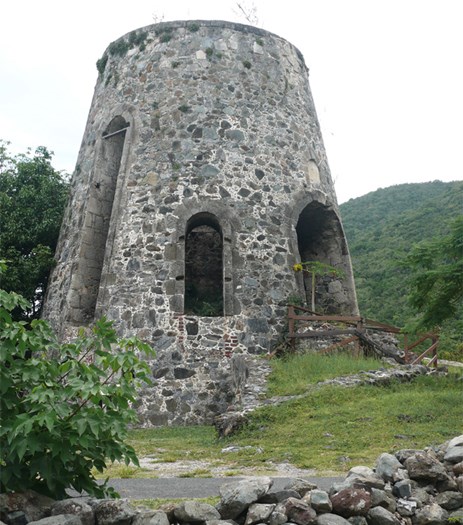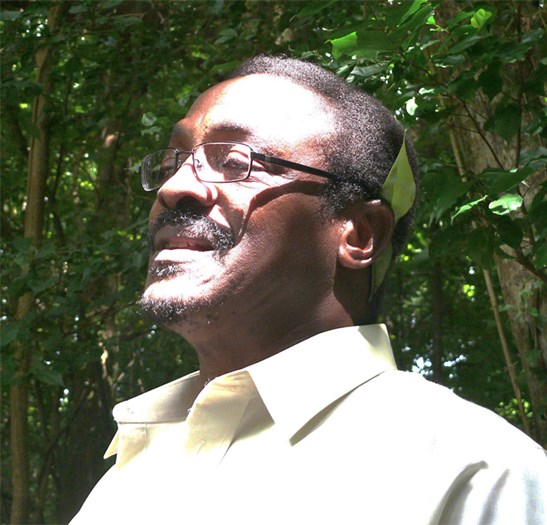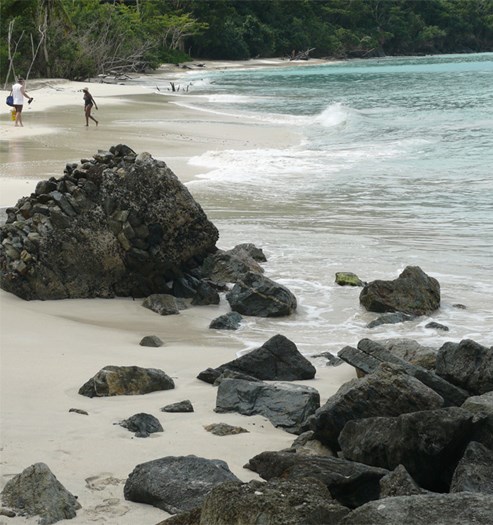ST. JOHN, U.S. VIRGIN ISLANDS - A grey sky hangs over our cruise ship when we drop anchor off this Caribbean beauty. But we refuse to let the weather dampen our spirits because we’re eager to explore this island where Christopher Columbus became the first foreign tourist back in 1493 on his second voyage to the New World.
The ship’s tender delivers us to Cruz Bay, just opposite the downtown area, and we hail a cab piloted by a soft-spoken man named Earl Thomas, a native islander who assures us “no one knows St. John” better than him.
The cabbie gives us a quick history lesson before we start on our tour:
“St. John was first settled by Taino Indians from South America but hieroglyphics dating back to 700 BC have been found here.
“Europeans set up the slave trade on St. John in the 1600s to help harvest the island’s sugar cane.
“The cash-strapped Danes sold the island to the U.S. in 1917 for $24 million.”
The history lesson over, Earl drives past an entertainment area in downtown St. John where music is pouring out of restaurants and bars.
“This is Motown, but it’s not like Detroit’s Motown,” laughs Earl. “A guy named Mo was the first person to build in this area and the name stuck.”
St. John, neighbour to its better known Virgin Island cousin St. Thomas, which lies just a short ferry ride away, is puny; just13 kilometres long with only 4,500 residents, “and only 35 per cent of that number are permanent residents,” says Earl.
It’s also known as an eco-tourism paradise thanks to the presence of the Virgin Islands National Park, established in 1956 as America’s 29th national park. The pristine park occupies three-quarters of St. John’s mountainous landscape and Earl tells me New York’s famed Rockefeller family was instrumental in its development. The park is dotted with quiet coves, white sand beaches, hundreds of kilometres of hiking trails, rare flowers, birds and exotic animals.
Earl expertly guides his cab along the park’s narrow highway that dips and turns and he regularly pulls into scenic pull offs where we marvel at the island’s jaw-dropping coastline.



Left: Old mills dominate the island. Middle: Earl the cabble a great guide. Right: Rocky beaches are beautiful escapes.
We pass the crowded beach at Cinnamon Bay where families frolic along the rocky shore; Trunk Bay, whose sugary sand is rated among the best in the world; Hawks Bay, where hawks the size of eagles soar over Peace Hill; Francis Bay, where sun worshippers gather hoping the clouds will soon give way to blue skies; and Annaberg, where we climb a hill to reach the ruins of an old sugar plantation.
Here, Earl tells us about one of the island’s darkest periods, an uprising in 1693 known as the “Night of the Silent Drum,” when slaves rebelled against plantation owners.
The rebellion lasted only six months because French troops from nearby St. Croix came to the landowners’ rescue. Tragically, the native rebels, knowing that slavery again awaited them, decided instead to join hands and commit mass suicide by jumping off the 600-metre-high cliffs of Bordeaux Mountain, the island’s highest point.
Earl’s informative 2½-hour tour (it costs just $25 U.S. per person) also introduces us to the ruins of the island’s first bay rum industry, the coral reef that marks the unofficial dividing line between the U.S. and British Virgin Islands, the resorts where Hollywood types like Alan Alda, Mel Brooks and Harrison Ford hang out, and the remarkable Robert Oppenheimer gardens, once owned by the man who invented the atomic bomb.
Earl also explains that the national forest is teeming with plants that offer medicinal benefits and says the leaves from the sour sop tree are still used by locals for relaxation purposes and to induce sleep.
“If you put some of the sour sop leaves behind your ears, it will help get rid of headaches, too,” says the cabbie, who also informs us that leaves hanging from the island’s manchineel tree are lethal and were dubbed the “apple of death” by Columbus, whose men unwittingly ate the poisonous leaves and then died agonizing deaths.
Creatures like mongooses, bats, iguanas and wild donkeys call the national forest home, but the most feared inhabitant of the park is the mosquito, which Earl describes as being of the “747 variety.”
On the way back to town, Earl says St. John is known as “love city” and “Columbus christened these the Virgin Islands because the Taino women would not date his men.”
There’s much to love about St. John, especially a cabbie named Ear.
About the Author
Marc Atchison is a veteran journalist and a seasoned traveller with more than 20 years of travel writing experience. As the former Travel Editor of the Toronto Star, Canada's largest newspaper, and now Editor-in-Chief and Senior Writer for TraveLife magazine (Canada) and travelife.ca, Marc has been to over 100 countries in the world. Japan is one of his favorite destinations and he's been there on numerous occasions.